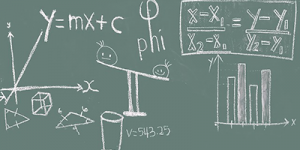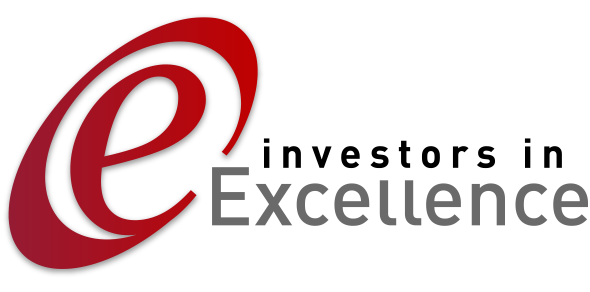 BIG S
BIG S
Strategy is not a dirty word. A great strategy works because it is unique, specific and complete. It supports a great idea and is owned by everyone responsible for its implementation.
A good strategy becomes a great strategy when it becomes addictive and adopted, no one can put it down, drop it or criticise it. Let’s call it the BIG S. Great strategies answer five critical questions in ways that are unique to an organisation:
- What have we been doing and what should we be doing in future?
- How can we add value to our business?
- What or who are our priorities?
- How will we move from good to great to greater?
- What capabilities will make us stand out as the best from the rest?
BIG I
Unique Opportunity + Novel Solution = Big Idea (BIG I)
Strategy is all about taking the BIG I forward through developing the big goal or BIG G.
BIG G
An international supermarket chain highlighted towns with a minimum population of 100,000 as potential sites for building out-of-town shops but also introduced the concept of smaller, local express shops to serve parochial communities.
Henry Ford, who said, “Coming together is a beginning; keeping together is progress; working together is success”, developed a strategy to offer one model of car, the model T in just one colour, black which started with an idea that revolutionised the world forever; the moving assembly line.
A leading international footballer worked tirelessly to develop the most effective football boot to consistently hit the ball with the ‘sweet spot’ of the foot and impart the correct amount of power and spin to make the ball clear the defensive wall and dip late under the crossbar. His goal was to adapt his thinking as he stood ready to take the kick; small ball spot to hit and large goal to score in.
BIG L
It is so much easier to raise objections, obstacles or opposition instead of coming together to seek a common beginning. A BIG S works first to prioritise the BIG I and find the common ownership before moving into formulating the big goal, small ball, tiny wall. The BIG S depends on the BIG L, the leader who believes enough in the BIG I and is willing to fight their corner and those who create objections, obstacles or opposition, for however long it takes to see the BIG S through from BIG I to BIG G. Ownership of strategy makes the BIG O of opportunity greater than the small Os of objection, obstacle and opposition.
For example, the international supermarket chain adapted its strategy to serve smaller communities with profitable smaller shops rather than large supermarkets. Henry Ford developed a great, small and affordable car for the many instead of big, handmade, expensive cars for the few. The famous footballer worked on his BIG I, optimising the kicking efficiency and effectiveness, whilst making the obstacles and opposition smaller and the goal bigger.
